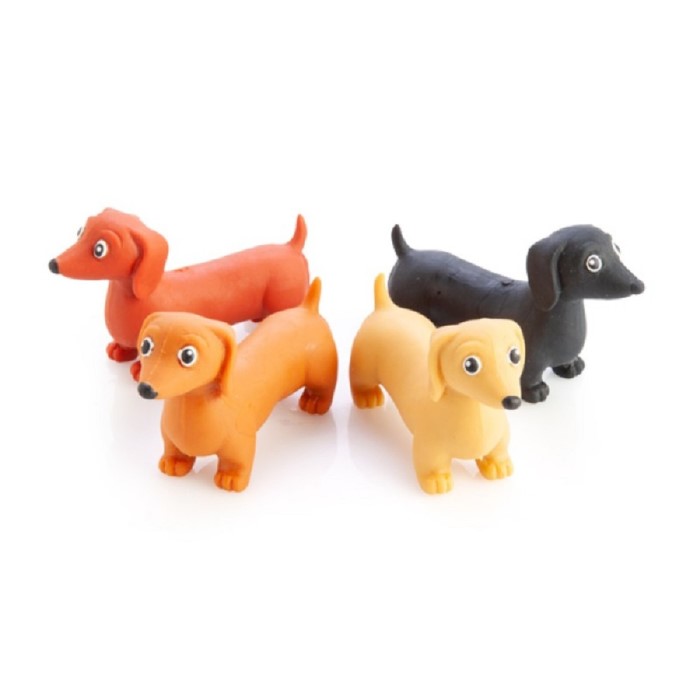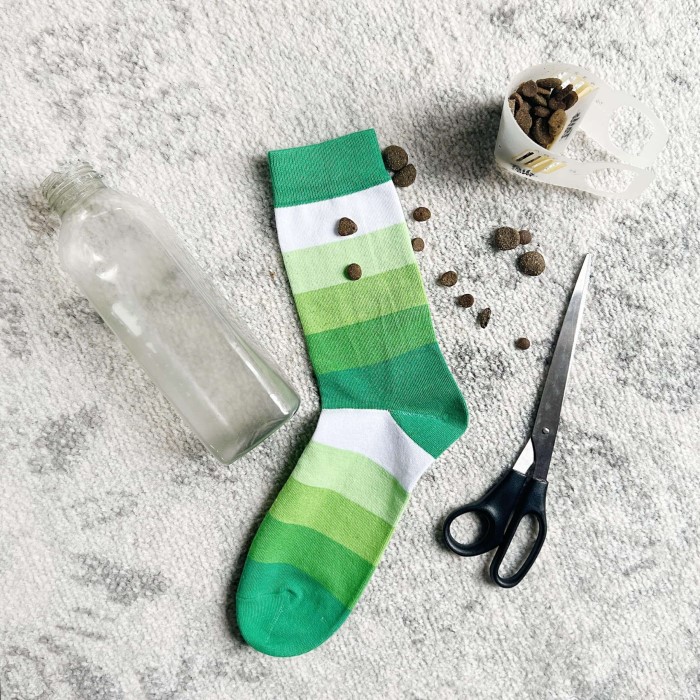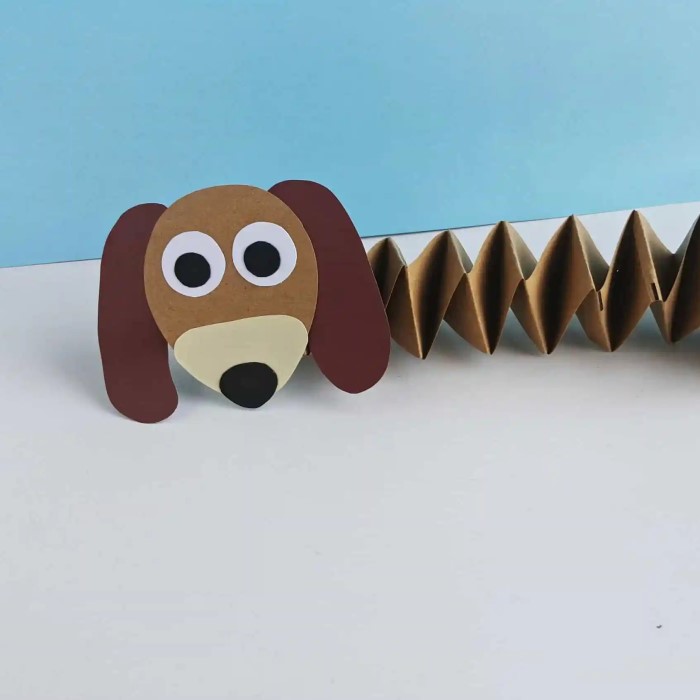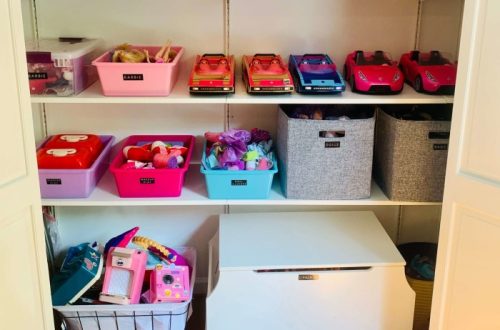Introduction
Every dog owner knows the joy of watching their furry friend engage in play. However, not all toys provide the same level of stimulation or enjoyment. This is where sensory dog toys come into play. Understanding how to make a sensory dog toy is essential for creating enriched experiences for your pet. These toys are designed to stimulate a dog’s senses, ripe with texture, sound, and even scent. How do you make a sensory dog toy? In this blog post, we will dive into various methods to craft sensory dog toys that offer mental and physical engagement. From simple DIY options to more complex creations, we’ve got some exciting ideas to keep your dog entertained for hours.

Understanding Sensory Dog Toys
What Are Sensory Dog Toys?
Sensory dog toys are designed specifically to engage a dog’s natural instincts by appealing to their five senses: taste, sight, smell, touch, and hearing. Unlike traditional dog toys that often only serve a singular purpose, sensory dog toys offer multidimensional play experiences. These can include elements such as crinkly materials, squeakers, varied textures, and even treat compartments. Such toys not only keep your dog busy but also help in preventing boredom, which can lead to destructive behavior. Dogs are naturally curious creatures, and sensory toys allow them to explore and satisfy their inquisitive nature.
Benefits of Sensory Toys
Why Should You Make Sensory Dog Toys?
Creating sensory dog toys provides numerous benefits for both pets and their owners. Here are some reasons to consider making your own:
- Cost-Effective: Purchasing high-quality dog toys can add up quickly. By making your own, you save money while still providing engaging materials.
- Customization: Every dog has unique preferences and needs. By making something yourself, you can tailor toys to fit your dog’s specific interests, whether they love texture, scent, or sound.
- Quality Control: Homemade toys give you control over the materials used. You can ensure that everything is safe and free from toxins that can sometimes be found in commercial toys.
- Bonding Opportunity: Building and playing with toys together creates a stronger bond between you and your dog. Through this shared experience, your dog will develop trust and attachment to you.
How to Create Sensory Dog Toys
Step-by-Step Process
Creating sensory dog toys at home can be a fun and straightforward project. Here’s a detailed breakdown of how to do it:
- Gather Materials: Start by collecting materials from around your home. Some great options include:
- Old T-shirts or socks
- Fabric scraps
- Squeaky toys
- Plastic bottles (ensure they are clean and unscrewed)
- Soft balls
- Natural scents like peanut butter or herbs
- Tunnels made from cardboard boxes
- Design Your Toy: Think about the function and design. Do you want a tug toy, a plush toy, or something that challenges your dog’s mind? Sketch a rough design to get an idea of how you want the final product to look.
- Construction: Depending on your design, the actual construction can be done in various ways:
- Knotted Tug Toys: Cut old T-shirts into strips and braid them together to create a durable tug toy.
- Scent and Texture Balls: Wrap a squeaky toy in soft fabric, securing it with non-toxic glue or stitches.
- Crinkly Stuffed Toy: Use crinkly plastic or aluminum foil inside a fabric pouch, which will create a delightful sound when your dog plays with it.
Making a Mentally Stimulating Dog Toy
How to Make Mentally Stimulating Dog Toys?
Creating mentally stimulating toys can greatly benefit your dog’s cognitive development. Here are a couple of ideas you can try:
- Puzzle Wraps: Grab a medium-sized container and hide treats inside. Secure the lid. Your dog will have to figure out how to open it to get to the treats. You can increase the difficulty level over time by covering the container more securely or using more complex shapes.
- Snuffle Mats: This is a fun project where you can use strips of fleece tied onto a rubber mat or canvas to create a textured mat. Hide treats within the fleece strips, encouraging your dog to sniff them out. This activity stimulates their sense of smell and offers a satisfying challenge.
Creative Examples of Sensory Dog Toys
Exploring Diverse Options
How do you make a sensory dog toy? Here are additional creative ideas for sensory dog toys that can keep your dog engaged:
- Textured Balls: Take tennis balls and cover them with various textures like wool, fleece, or corduroy fabric. This engages multiple senses and keeps them intrigued.
- Sniff & Seek: Use some small containers and hide a variety of scents or herbs such as rosemary or lavender. Allow your dog to sniff out these hidden treasures.
- Crinkly Toys: Take a small cloth bag and fill it with crinkly materials like plastic bags or aluminum foil. Sew it shut and watch your dog thoroughly enjoy it.
Products and Materials
What Is Doggijuana Made Of?
Doggijuana is recognized for its high-quality dog toys that mix enrichment with fun. Typically composed of natural materials, these toys emphasize safety while providing varied sensory experiences. Common components include:
- Plush fabrics
- Cotton fills
- Organic catnip or safe herbs to stimulate the sense of smell.
These materials are specifically selected to create an engaging atmosphere for dogs, inspiring them to play while staying safe.
Quick Guide: Making Simple Sensory Toys
How Do You Make a Simple Sensory Toy?
Here are some simple steps to create a sensory toy:
- Sock Toy: Fill a clean, old sock with crinkly materials like plastic wrappers. Tie a knot at the end. It’s easy, quick, and engaging!
- Tug Rope: Braid strips of old T-shirts together to form a rope. This toy will not only be fun for tugging but also provides a sensory experience through varied textures.
- Treat-Dispenser Toy: Take a clean plastic bottle and puncture small holes big enough for treats to fall out but small enough to keep them contained. Your dog will have to roll and shake the bottle to get the treats.
Safety Concerns and Precautions
While making sensory dog toys, safety should be a priority. Here are some safety tips to follow:
Avoid Small Parts
- Choking Hazards: Small, detachable items can easily be swallowed, leading to choking incidents. It is critical to keep the size of each toy component large enough to prevent accidental ingestion.
- Secure Fastening: Ensure that all parts of the toy are firmly attached or securely sewn in place. This includes checking seams, attachments, and closures to guarantee that they will not come apart during playtime.
Use Non-Toxic Materials
- Pet-Safe Verification: Regularly inspect all materials used in your homemade toys to ensure they are safe for pets. This includes looking for non-toxic labels and certifications.
- Chemical-Free Assurance: Make sure that toys are free from harmful chemicals, such as lead or phthalates, that could be harmful if ingested by pets.
- Easy to Clean: Choose materials that can be easily cleaned, either through washing or wiping, to maintain hygiene and prevent the buildup of bacteria.
Supervise Play
- Constant Monitoring: Always supervise your dog during playtime with homemade toys to ensure they are using them safely. This vigilance can help you catch any potential hazards before they become serious issues.
- Prevent Accidental Ingestion: By watching your pet closely, you can quickly intervene if they attempt to chew off or ingest parts of the toy that are not safe for consumption.
Regular Inspections
- Wear and Tear Awareness: Understand that as your dog plays, toys are subject to wear and tear. Pay attention to signs of deterioration, such as fraying edges, loose parts, or cracks.
- Replacing Damaged Toys: Regularly assess the condition of each toy and be prepared to replace any that show significant signs of damage or could pose risks to your dog’s safety. This proactive approach ensures that your pet has safe and enjoyable play experiences.
Wrapping It Up
How do you make a sensory dog toy? In conclusion, knowing how to make a sensory dog toy is a valuable skill that can enhance your furry friend’s life significantly. Through creative DIY projects, you can provide your dog with engaging toys that stimulate their senses and keep them entertained. These experiences contribute to better emotional and cognitive health, as well as reduces boredom-related problems.
Engaging in this activity doesn’t only result in stimulating dog toys but also strengthens the bond between you and your dog. As you both enjoy the fruits of your labor together, playful moments become cherished memories.
So, are you ready to embark on your journey of making sensory toys? The joy they will bring to your canine companion will be immensely rewarding. By exploring different textures, sounds, and scents, you’ll ensure your dog has plenty of engaging activities to keep them mentally stimulated. Happy crafting, and here’s to endless hours of fun with your furry friend!







